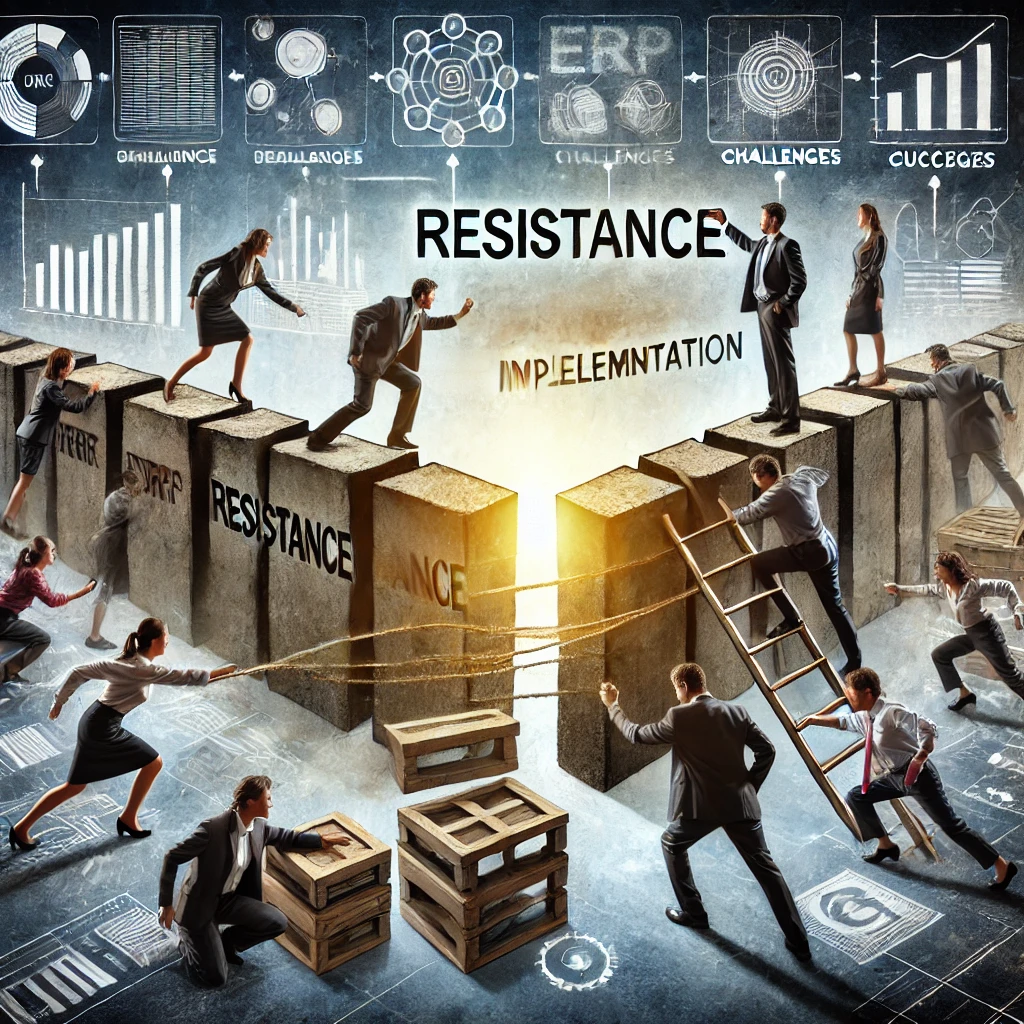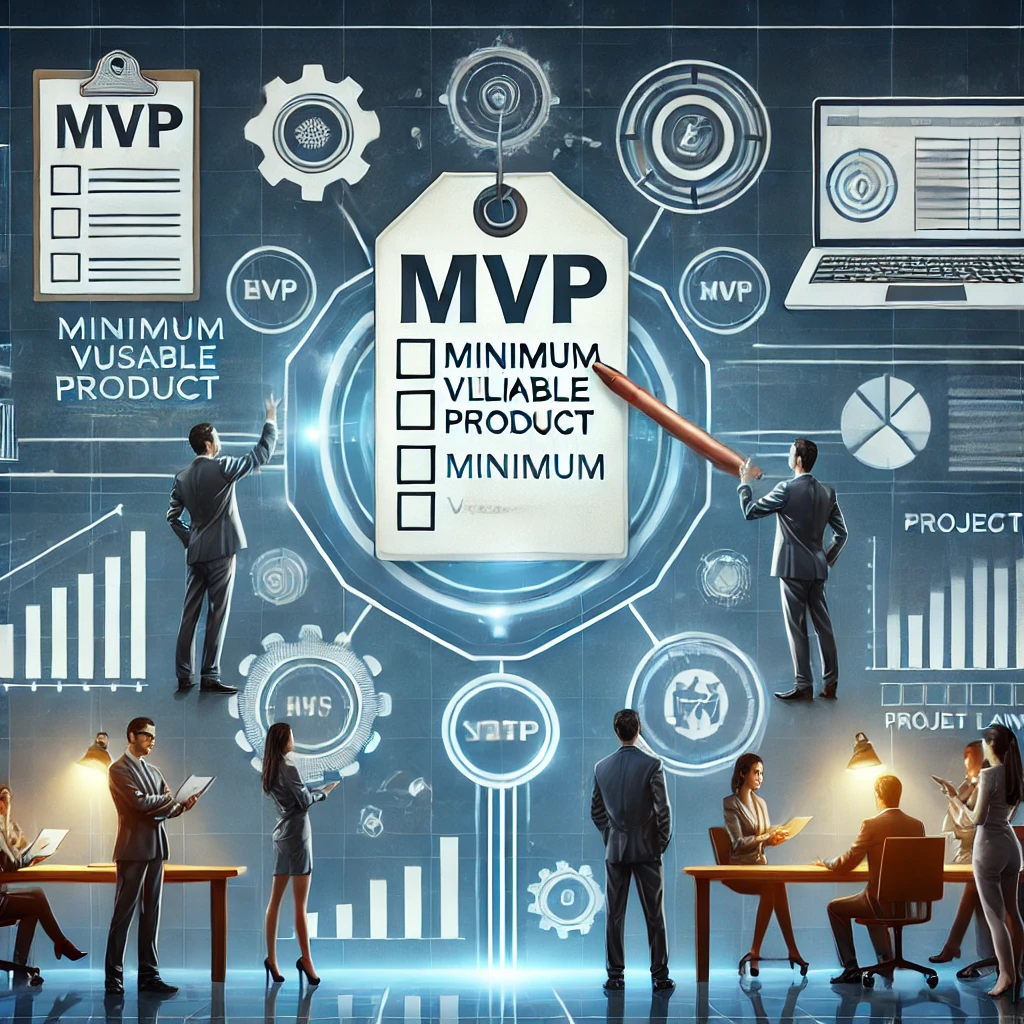A well-rounded ERP team must include:
1. Business Process Experts
These professionals possess a deep understanding of the organization’s operations, edge cases, and strategic objectives. Their insight ensures the ERP system aligns with real-world workflows and that no critical scenarios are overlooked. They play a key role in tailoring the ERP solution to meet the organization’s specific needs and ensuring it drives operational efficiency.
2. ERP System Expert (Implementation Lead)
This leader brings extensive knowledge of the ERP application being implemented, including its capabilities, limitations, and best practices. Their expertise ensures proper system configuration, helping the team avoid common pitfalls and fully leverage the system’s features. The implementation lead also bridges the gap between business requirements and technical solutions, guiding the team through complex decisions.
3. Deployment Team
A capable deployment team is essential to executing the project plan and ensuring a smooth implementation. Their responsibilities include data migration, system configuration, testing, and user training. The deployment team ensures the ERP system functions as intended and that each phase of the project progresses efficiently.
Without the right expertise, ERP projects are vulnerable to delays, inefficiencies, and misalignment with business goals, which can jeopardize the entire initiative. Assembling a knowledgeable, experienced team is one of the most important factors in achieving a successful ERP implementation.
Ultimately, these unforeseen expenses can far outweigh any initial savings. To avoid these pitfalls, organizations must make smart investments in experienced resources, thorough planning, and comprehensive testing from the outset. This proactive approach ensures long-term success and prevents the project from becoming a costly burden over time.









